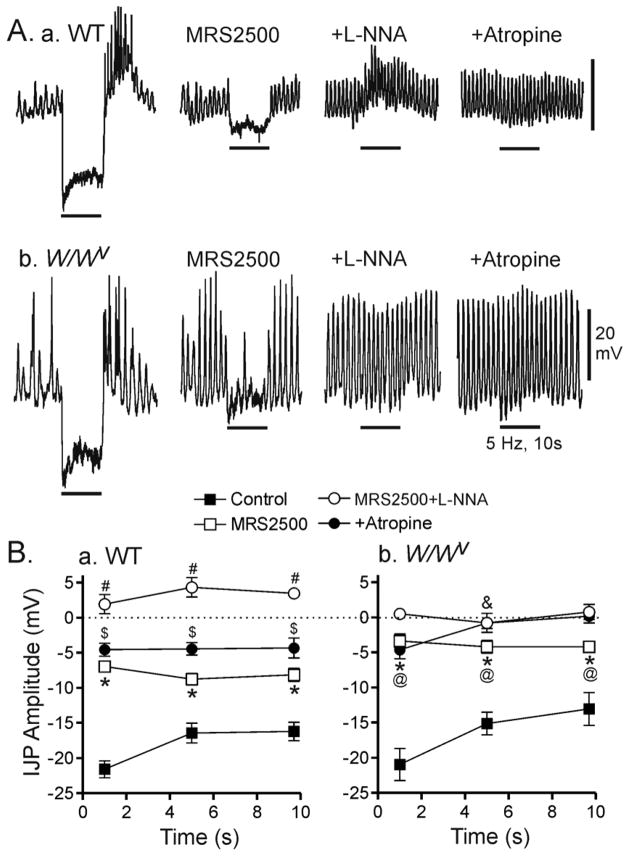Figure 5. Comparison of nerve-evoked junction potentials in the WT and W/Wv mouse IAS in the absence of atropine.
(A) Sample traces showing the effects of MRS2500 and L-NNA on junction potentials elicited with 5 Hz EFS (10 s) in WT (Aa) and W/Wv (Ab) mice in the absence of atropine. The inhibition of IJPs by MRS2500 (1 μM) in the absence of atropine (2nd traces) was similar to that seen in the presence of atropine (see Fig. 3A, middle traces). However, with combined addition of L-NNA and MRS2500 a slow depolarization is revealed in WT but not W/Wv mice (3rd traces). This depolarization is abolished by atropine (1 μM; 4th traces). (B) Summary graph of the effects of MRS2500 and L-NNA in the absence of atropine on junction potentials during 3 different time periods in WT (Ba) and W/Wv (Bb) mice. IJPs elicited under control conditions (■, n= 6 WT; n=5 W/Wv) were significantly (*) reduced by MRS2500 (□, n= 6 WT; n= 5 W/Wv) in both animals. The IJP remaining in the presence of MRS2500 in W/Wv mice was significantly smaller (@) than in WT mice. In both animals IJPs were abolished (#) by combined addition of MRS2500 and L-NNA (○, n= 5 WT; n=5 W/Wv) revealing a 5 mV depolarization in WT mice that was absent from W/Wv mice (&). Atropine abolished ($) the slow depolarization in WT mice (●, n= 5 WT; n=5 W/Wv). All muscles were pre-exposed to 25 μM wortmannin for 20 min followed by at least 1 hour wash out before beginning experiments. Shown are mean values ± S.E.M.

